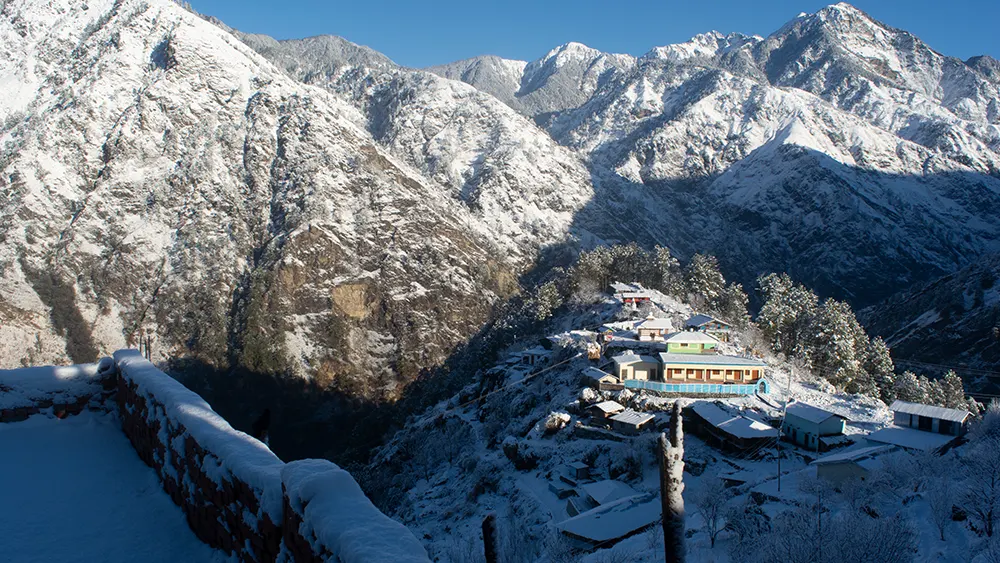Best time to do the Kedarkantha Trek
Kedarkantha Trek located in the beautiful Garhwal locale of the Indian Himalayas, stays as one of the most adored winter Treks in India. It is known for its snow-covered trails and mesmerising 360 degree views of the Himalayan Peaks, this trek gets the hearts of trekkers for a long time. Anyway, to really enjoy the genuine gloriousness of Kedarkantha in its full significance, timing is crucial. How about we investigate the seasons that shape this great trek and find the best opportunity to embark on this remarkable Himalayan trek.


Summer Season: April to June
How about we start with the summer months — April to June. During this time, the snow has totally melted, and keeping in mind that you’ll encounter the beauty of lush meadows and clear skies, it won’t provide you with the genuine sensation of conquering a grand Himalayan peak. Without snow, the scene feels less dramatic, and the experience probably won’t feel as rewarding for those looking for the winter experience. Assuming that you’re searching for peace, solace and spending some quality time in nature, these months would be the best opportunity to plan your journey.


Monsoon Season: July to September
Coming to the rainy season now, From July to September, the trek is typically shut. The paths become tricky and difficult to explore, making it unsafe for adventurers. Landslides and heavy precipitation are common, which is the reason we don’t propose this season and it should be avoided. And because of the rainy season there is a high chance that you could miss the delightful dawn and the 360 degree views from the summit due to cloudy weather.


Winter Season: Mid November to March
Finally, in the event that you’re searching for a definitive winter trekking experience, the mid-November to March window is your opportunity to go. The charm of the Kedarkantha Journey lies in the snow. From mid-November, the journey changes into a snowy paradise, with new snow covering the paths, pine forests, and camping grounds. During December to February, temperatures can decrease as low as – 10°C to – 15°C around evening, and 0°C to 5°C during the day. Anticipate knee-deep snow and magnificent viewpoints on tops like Swargarohini, Bandarpoonch, and Black Peak. Similarly, if you’re searching for less snow yet need to experience the chill of winter, mid-November to November end and March are wonderful choices. During these months, daytime temperatures range from 5°C to 10°C, while evenings can go down to – 5°C to 0°C. The snow is lighter, making the trek somewhat more straightforward and simpler. Besides, you’ll get clear skies and warmer days, ideal for absorbing the amazing perspectives. This time is perfect for trekkers who want to avoid larger groups of people but still want to enjoy the enchantment of winter Kedarkantha. This trek has so much to offer especially in winters that it is not possible to find a substitute for this trek in these months. Therefore it is safe to say that this trek is at the peak of its natural beauty during the winter months.


Summary
So to summarise, you will experience the magnificence of lush green meadows and lovely Himalayan perspectives from April to June, and a winter wonderland from mid-November to March. Now that you’re refreshed on the weather conditions for the Kedarkantha journey, this time is the perfect opportunity to plan your trek. Whether you’re after the delight of trekking in profound snow or looking for some lighter trekking conditions, the Kedarkantha Trek between mid-November and March is great for your winter trekking experience.


